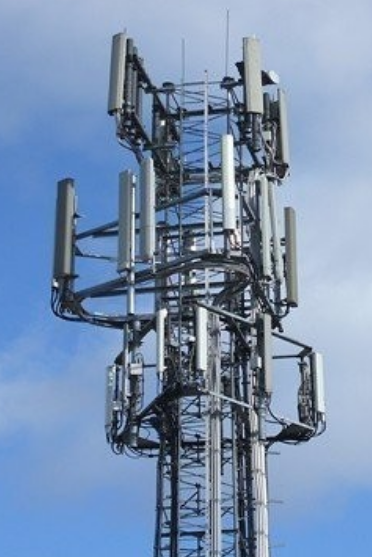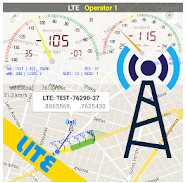
- 2G first digital GSM 9..14.4 Kbps mobile phones.
- 2.5G is the evolution of the GSM used today with packet data transmission. 2.5G phones connect to the internet in GPRS with speeds of 20..40 Kpbs. This speed was good for the first mobile websites, today it is unacceptable.
- 2.75G this is the EDGE network which is the direct evolution of GPRS, with faster connection speeds than GPRS but much slower than UMTS (60…180 Kbps). When connecting to the internet via mobile phone and EDGE is available, an E should appear and sites should appear faster than the GPRS standard.
- 3G digital broadband connection that identifies the UMTS (Universal Mobile Telecommunications System) connection with theoretical speed from 380..700 Kbps.
- 3.5G is identified with the HSPA, HSPA+ and HSDPA connection. Theoretically, HSPA data can be downloaded at a rate of 14.4 Mbps, but current networks are capable of providing a maximum of 5..6 Mbps most of the time.
- 4G uniquely identifies the LTE technology and is currently the network with greater coverage and with a good average speed with any operator: we can in fact have a speed of up to 150 Mbps, even if in daily use it is difficult to exceed 20..30 Mbps.
- 5G is the newest technology, rapidly spreading also on smartphones. The speed is higher than the theoretical 1000 Mega, but in reality a lot depends on the distance from the antenna and the signal strength in the area where we live (on average we will get speeds between 50..150 Mbps).
For test your phone connection we suggest:


